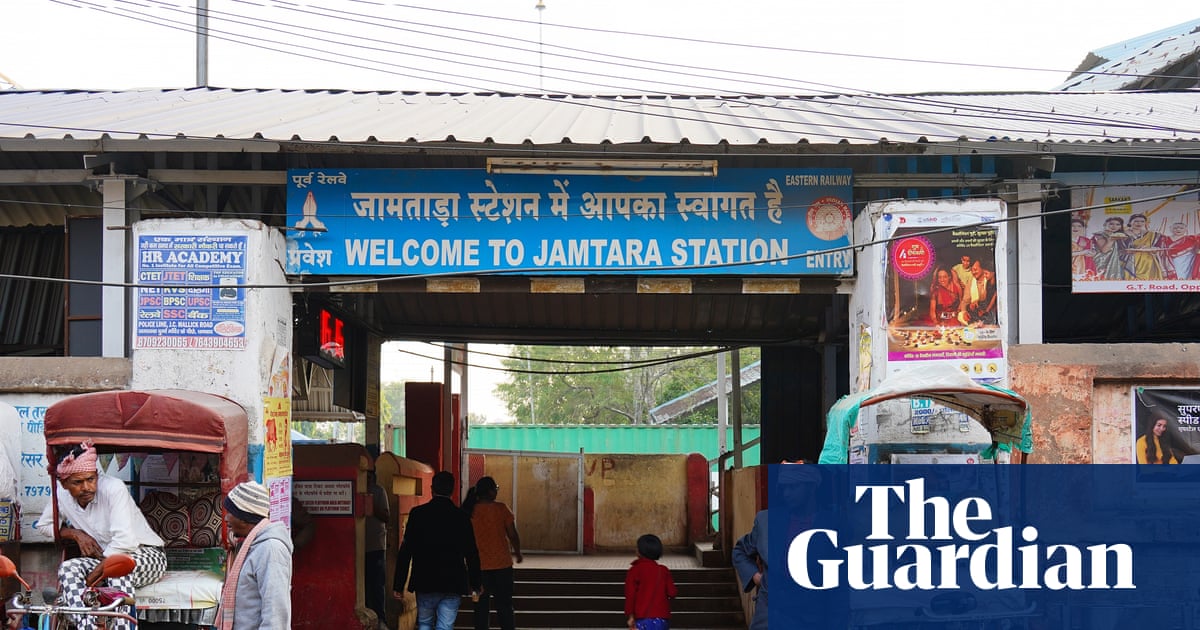
"On the surface, the town of Jamtara appeared no different from neighbouring districts. But, if you knew where to look, there were startling differences. In the middle of spartan villages were houses of imposing size and unusual opulence. Millions of Indians knew why this was. They knew, to their cost, where Jamtara was. To them, it was no longer a place; it was a verb. You lived in fear of being Jamtara-ed."
"Over the past 15 years, parts of this sleepy district in the eastern state of Jharkhand had grown fabulously wealthy. This extraordinary feat of rural development was powered by young men who, armed with little more than mobile phones, had mastered the art of siphoning money from strangers' bank accounts. The sums they pilfered were so staggering that, at times, their schemes resembled bank heists more than mere acts of financial fraud."
"In a short period, scam calls became an almost universal experience in India. With every innovation in India's digital marketplace smartphones, digital wallets, e-commerce, crypto Jamtara's scams expanded their target area. In New Delhi, India's policymakers boasted about Digital India and the spread of modern telecom infrastructure. But, for the majority of Indian citizens, the digital revolution became synonymous with Jamtara scams."
Jamtara transformed from an ordinary district into a lucrative hub where young men used mobile phones to siphon money from strangers' bank accounts. Over 15 years parts of the district grew fabulously wealthy, with opulent houses emerging amid spartan villages. Scam calls became a near-universal experience across India as digital innovations expanded targets. The scams gained notoriety and cultural recognition, including a Netflix series with the line Sabka Number Aayega. Authorities arrested many suspects from 2015, but easy bail, slow cases, and low conviction rates failed to stop the flood of scams.
Read at www.theguardian.com
Unable to calculate read time
Collection
[
|
...
]